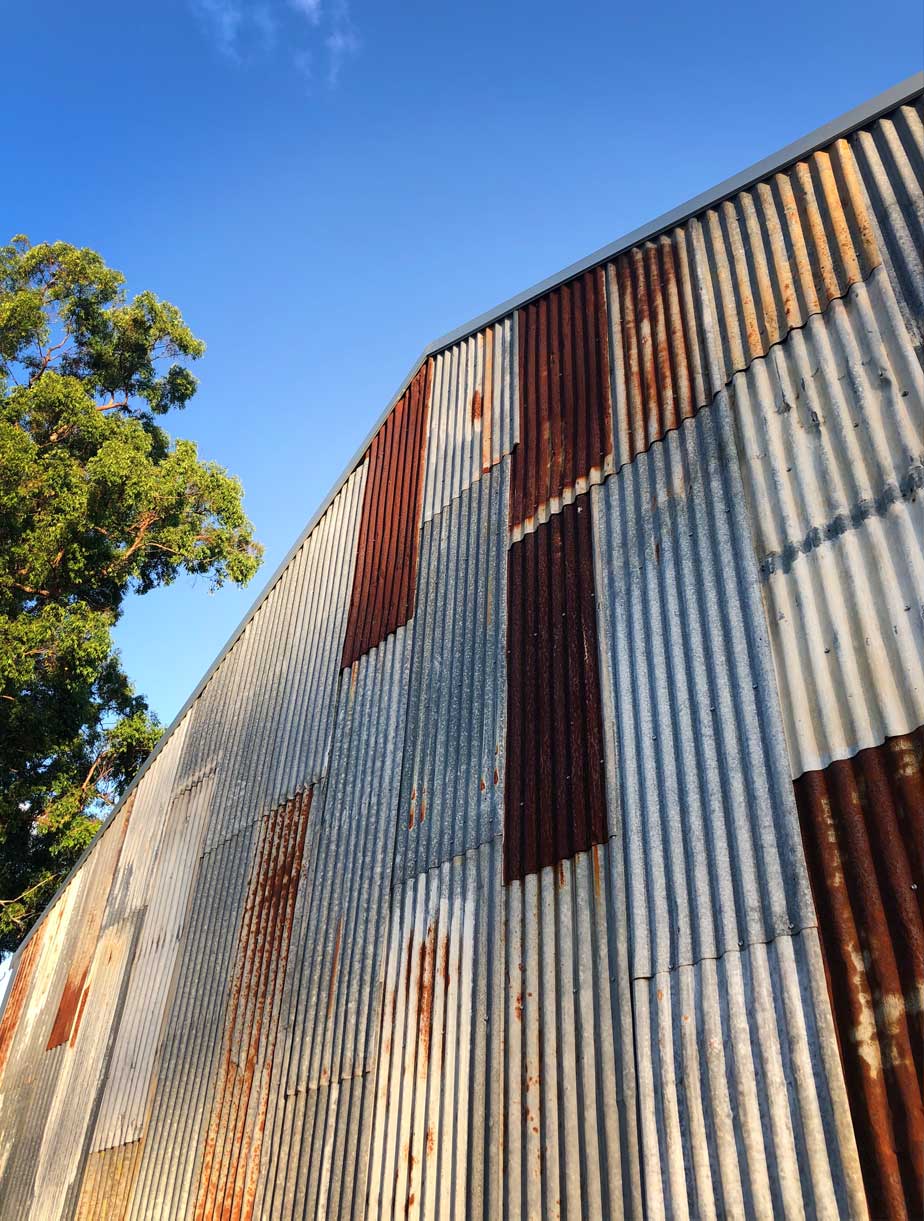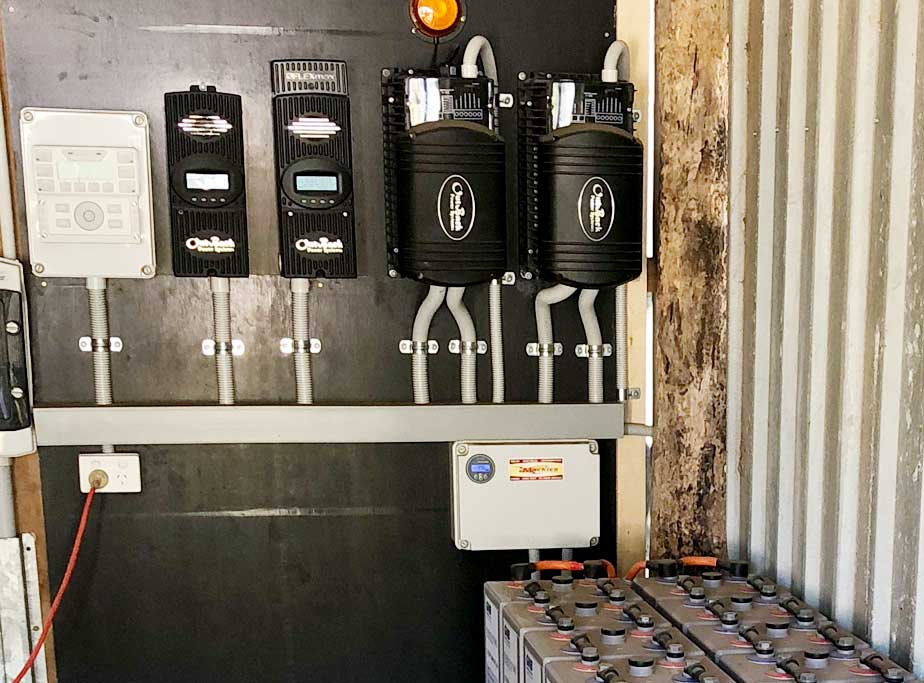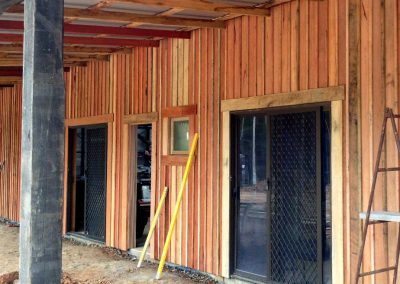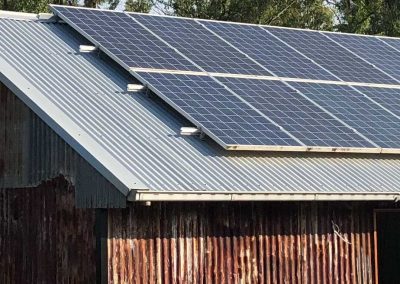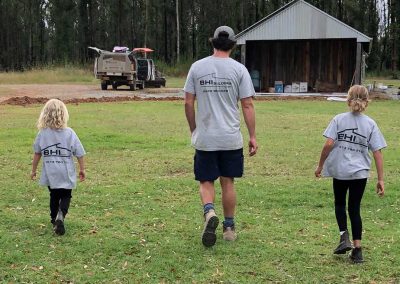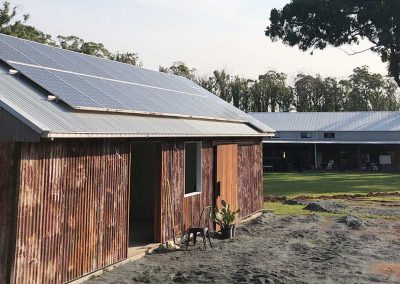Off-grid living
Six Things To Consider When Planning To Live Off-Grid
Off-Grid living happens to be a passion of ours here at BHI Builders. Whether you are interested in just taking a few steps to live more sustainably, or going the whole way to living fully off-grid, we can walk you through it. To get you started, we’ve compiled a list of the six things to consider if you’re planning to live more sustainably on any level.
- This first point might sound obvious, but work out where you want to live. I mean, really think about it. You don’t want to spend hundreds of thousands of dollars only to realise what you’ve built isn’t what you want. Do you really have time to work a farm? Will you feel too isolated in the bush? Too far from the beach? Too far from town? Don’t like the dirt road? Too far to the kids’ bus stop? How much work do you need to do to the property before you even start building a home? Think driveways, clearing, fences, power, etc. There are plenty of questions to ask yourself. There are also a heap of ways you can live more sustainably and self-sufficiently in urban areas too!
- How are you going to harvest and harness water? Rainwater tanks – poly, concrete, metal? Dams? Swales and irrigation? At the time of writing, we have full tanks and an abundance of water as we’ve had recent rain, but if we go back only a few months the tanks were empty and a bushfire was bearing down on our property. Not a very nice feeling, so I’d like to be more prepared next summer that’s for sure!
- That brings us to bushfires. Can you keep your family and assets safe in the event of a bushfire? What we experienced in November 2019 was something that I was definitely not prepared for. As we are going to be renovating our shed into a home in the near future I will be taking the threat of bushfire much more seriously. We got lucky this time but I’m not taking any chances next time – and there will be a next time. The level of bush fire risk where you build will strongly affect how you undertake your build – the higher the risk, the more protection you need which will increase building costs. The term ‘bush fire attack level’, or BAL, is used to quantify this risk. Additional guidance material can be found here: https://www.rfs.nsw.gov.au/resources/publications/building-in-a-bush-fire-area
- Where are you going to get your food? We actually weren’t the best green thumbs, but since the recent events that COVID-19 has brought about and the craziness in the supermarkets, some raised concrete garden beds have been in the works. This is quite a large project in itself, but of course a huge part of living sustainably is being able to grow your own food and not rely so heavily on the supermarkets. We’ve had some success with fruit trees, which are fairly low-maintenance once you get them going. We’ve also produced some macadamias – we just have to look out for flying shells when the kids have their hammers out trying to open them! If you’re going to grow your own food, you will need to become well versed in what you will need for a sustainable diet based on what grows in your area. Knowing the tricks such as what plants and vegetables grow well together is a must, and even how the sun will move at various times of the year so you know where to plant the right seasonal crops.
- Have you worked out where to get your electricity? There are many great sustainable options out there like solar, wind and hydro. What you choose really comes down to location and what’s available to your property. If it’s not an area that you know a lot about then you need to get the specialists in. Do your research. How much power do you use, and will your usage increase as your family grows? Will it affect how you operate your home? What hot water system will you use? Do you really need air conditioning? We’ve made a few mistakes in getting this set-up right and it’s been costly, so do your homework!
- Use recycled materials! I love using recycled and raw materials. I built our home (which is to be renovated very soon) out of many different materials that were available to me at the time. As we were waiting on some things outside of our control that were preventing us from lodging a DA, I had to get something built quickly and it had to be cost-effective. The structural steel used was from a demolished supermarket; doors, windows and linings were salvaged from different homes we were renovating at the time; flooring and bathroom fixtures came from a plumbing store that was closing down, and external cladding was salvaged from an old timber mill alongside as much recycled hardwood as I could find. It goes without saying that I did go through the right avenues to build, and would never recommend building anything without the correct council approvals.
So there are a few things to keep in mind when planning to go off-grid or taking steps to live more sustainably. We’ve had our fair share of speed humps along the way and I’d be lying if I said it was easy, but I can say it’s definitely been worth it. If anyone is thinking of going off-grid I would be happy to answer your questions about what we did, and what I wouldn’t do again.
– Mitch, BHI Builders




